Best Functional Programming Books to Buy in December 2025
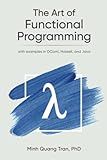
The Art of Functional Programming



Learn Physics with Functional Programming: A Hands-on Guide to Exploring Physics with Haskell


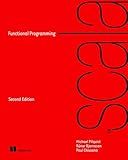
Functional Programming in Scala, Second Edition



Fanuc CNC Custom Macros (Volume 1)



Functional Programming in C++: How to improve your C++ programs using functional techniques



An Introduction to Functional Programming Through Lambda Calculus (Dover Books on Mathematics)


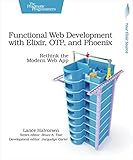
Functional Web Development with Elixir, OTP, and Phoenix: Rethink the Modern Web App



C++ All-in-One For Dummies


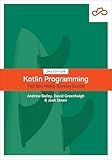
Kotlin Programming: The Big Nerd Ranch Guide


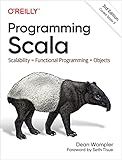
Programming Scala: Scalability = Functional Programming + Objects


To combine two lists in Haskell, you can use the ++ (concatenation) operator or the concat function.
The ++ operator takes two lists and concatenates them together to create a new list. It works by appending the second list at the end of the first list.
Example:
list1 = [1, 2, 3] list2 = [4, 5, 6] combined = list1 ++ list2
Output:
combined = [1, 2, 3, 4, 5, 6]
Another approach is to use the concat function, which takes a list of lists and concatenates them into a single list.
Example:
list1 = [1, 2, 3] list2 = [4, 5, 6] combined = concat [list1, list2]
Output:
combined = [1, 2, 3, 4, 5, 6]
Both methods can be used to combine any two lists together, regardless of their length or content.
Can you combine lists in reverse order in Haskell?
Yes, you can combine lists in reverse order in Haskell using the ++ operator and the reverse function.
The ++ operator is used to concatenate two lists together. To combine two lists in reverse order, you can reverse each list first and then concatenate them using ++.
Here's an example of combining two lists list1 and list2 in reverse order:
combinedList :: [a] -> [a] -> [a] combinedList list1 list2 = reverse list2 ++ reverse list1
In this example, the combinedList function takes two lists list1 and list2 as inputs and returns a new list that is the combination of list1 and list2 in reverse order. It reverses each list using the reverse function and then concatenates them using ++.
How do you combine two lists in Haskell?
There are multiple ways to combine two lists in Haskell. Here are a few common methods:
- Using the ++ operator: The ++ operator is used to concatenate two lists together. Here's an example:
combineLists :: [a] -> [a] -> [a] combineLists list1 list2 = list1 ++ list2
- Using the concat function: The concat function can be used to concatenate a list of lists into a single list. By passing the two lists as separate elements of a list, you can achieve the same result:
combineLists :: [a] -> [a] -> [a] combineLists list1 list2 = concat [list1, list2]
- Using the zip function: The zip function combines two lists element-wise, creating a list of pairs. If the lists are of different lengths, the resulting list will have the length of the shorter list. Here's an example:
combineLists :: [a] -> [b] -> [(a, b)] combineLists list1 list2 = zip list1 list2
- Using list comprehensions: List comprehensions can also be used to combine two lists by iterating over each element of both lists. Here's an example:
combineLists :: [a] -> [b] -> [(a, b)] combineLists list1 list2 = [(x, y) | x <- list1, y <- list2]
These are just a few examples of how to combine two lists in Haskell. The specific method to use depends on the desired outcome and the structure of the lists.
Can you combine a list with a single element with another list in Haskell?
Yes, you can combine a list with a single element with another list in Haskell using the ++ operator. Here's an example:
combineLists :: [a] -> a -> [a] -> [a] combineLists list1 singleElement list2 = list1 ++ [singleElement] ++ list2
In this example, list1 is the first list, singleElement is the single element to be added, and list2 is the second list. The ++ operator is used to concatenate these lists together, with [singleElement] being used to convert the single element into a one-element list before concatenation.
For instance, if you call combineLists [1, 2] 3 [4, 5], it will return [1, 2, 3, 4, 5].
